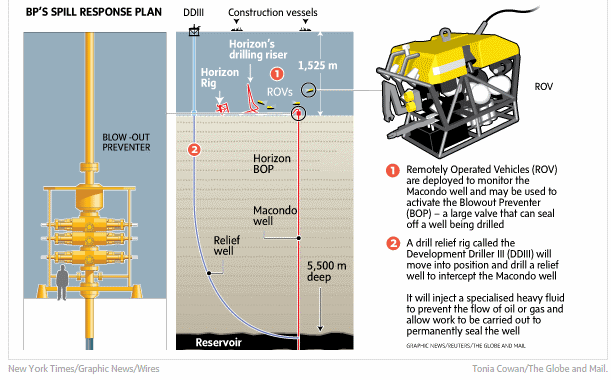Exchangetraded funds are not perfect The Globe and Mail
Post on: 16 Март, 2015 No Comment

PORTFOLIO MAKEOVER
While ETFs have much to commend, they are by no means perfect. In my view, the less positive aspects of ETFs have not received the attention they deserve. In the spirit of improving your ETF decision-making, the following list highlights some of these.
1. ETFs are market-driven financial products.
Like mutual fund companies, ETFs manufacturers market their products and follow the laws of supply and demand. They regularly issue new products which pander to the latest investing trends and close down dud ETFs. To wit, in Canada last year, 48 new funds hit the market, 11 funds were terminated and there were three mergers.
Sifting out the marketing buzz is part of the investing process, be it ETFs or any other type of investment.
2. Choosing the right ETFs to create a portfolio to meet your goals requires time and effort.
As originally conceived in the early 1990s, an ETF was a passively managed fund that traded on a stock exchange and sought to replicate the returns of a well-known benchmark index such as the S&P 500 Index. As such, ETF investing gained the reputation of being quick and easy.
Today, the definition is much broader: An ETF is an investment fund that trades on a stock exchange. The ETF choice is huge with more than 1,500 ETFs listed on Canadian and U.S. stock exchanges and new funds popping up regularly. Similar funds are available from more than one sponsor. Management expense ratios vary significantly among ETFs with similar objectives. There are ETFs which inhabit every sort of investing niche, even exotic strategies such as alternative, leveraged and inverse returns investing. Some funds are actively managed and do not track an index. ETF funds of funds are available.
There is much for an investor to consider when shopping for an ETF.
3. An ETF will not deliver the same returns as its benchmark index.
For a variety of reasons including fund expenses, taxes, exchange rates and methodology for replicating a benchmark index, an ETF’s performance will be less than its reference index. Small deviations are to be expected, but relatively large tracking errors, especially compared with similar ETFs, are a warning sign that something is amiss with management of the fund.
4. ETFs are only as liquid as the underlying assets.
Liquidity is touted as one of the benefits of using ETFs. However, an ETF is only as liquid as its underlying assets. If one or more constituents of an ETF’s benchmark index rarely trade, the ETF could have liquidity issues. An illiquid ETF has a higher bid-ask spread and may trade significantly above or below its net asset value (NAV). These situations can result in lower profits – for example, if the ETF purchase price is above its NAV, a buyer is overpaying for the assets she is buying.
5. An ETF is a slave to the index it tracks.
The assets inside an index ETF are rigidly defined by whatever index it tracks. Depending on the index, this design can be a recipe for undesirable results. For example, when BlackbBerry stock fell 26 per cent on June 28, the S&P/TSX Capped Information Technology Index Fund, which at the time consisted of almost 20 per cent BlackBerry shares, dropped 8 per cent.
Understanding how an ETF is constructed must be part of ETF research before purchasing.
6. You will own some investments that you don’t like.
An index ETF owns shares of all the assets in the index it tracks, even ones you may not want to own. A nuclear energy opponent will own a piece of uranium miner and nuclear industry supplier Cameco if she buys an ETF that tracks the S&P/TSX 60 Index. That same index includes shares of SNC-Lavalin Group Inc. a company that some might consider a poor investment because of allegations of corruption.
There is no easy way to get around this issue. While all the holdings of an ETF may be acceptable when you buy, this could change in the future because of the fund’s design.
7. Commissions will eat into your profits.
Buying or selling an ETF usually involves a commission. These costs lower your returns and are a major profit drag on smaller-sized purchases.
Lower-cost discount brokers and dividend reinvesting can reduce the commission hit. Some online brokers offer a lineup of commission-free ETFs. However, the selection is limited and minimum purchase and holding requirements may apply.

Don’t let the fact that an ETF is commission-free drive your purchase decision. You might save a few bucks, but are unlikely to make the best choices.
8. There is an art to buying and selling ETFs.
Pricing anomalies can occur in the ETF trading world. For example:
– At the beginning and end of the trading day, ETF prices may vary from underlying NAVs.
– In times of market turmoil, an ETF’s prices may be more volatile than its underlying index.
– Thinly traded ETFs can have large bid-ask spreads.
You must learn how to buy and sell ETFs, to avoid overpaying in such situations. Here are some of the basic rules of ETF trading.
1. Always use limit orders.
2. Do not trade in the first and last minutes of the trading day.
3. Trade an ETF when the market for its underlying assets is open.
Ms. Bebee is Canada’s independent voice on personal finance and author of No Hype –The Straight Goods on Investing Your Money, a popular book of investing basics for Canadians from a financial industry outsider viewpoint. Through her writing, speaking and teaching, Gail shows people how to take control of their money and achieve their financial goals. Her column will appear monthly on the Financial Road Map site. Her website is www.gailbebee.com














